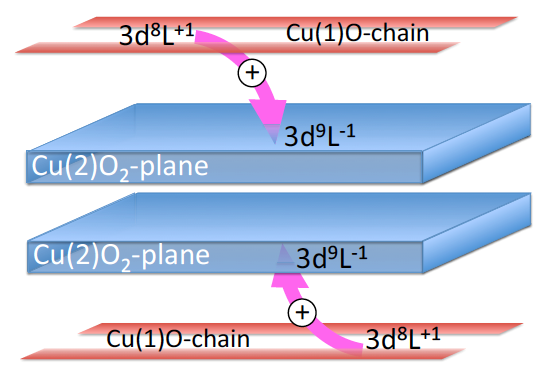Materials Researchers at Linköping University, Uppsala University¸ and Chalmers University of Technology, in collaboration with researchers at the Swiss Light Source (SLS), the Paul Scherrer Institute, investigated high-temperature superconductor, YBa2Cu3O7-x (YBCO), using advanced X-ray spectroscopy. YBCO is a cuprate ceramic material that becomes superconducting when it is cooled down below -183 °C. Since the resistance and the power losses are zero in the superconductors, they find many promising applications. Electromagnets in electric motors can be made smaller with stronger magnetic field that gives more power and lower energy consumption. Magnetic levitating trains reach higher speeds by minimizing friction between wheels and the rails. The groundbreaking information about YBCO self-doping challenges the traditional understanding of the mechanism of superconductivity in copper-based high-temperature superconductors based on assumption of constant doping level in the copper oxide planes.
Magnuson, M. ; Schmitt, T. ; Strocov, V.N. ; Schlappa, J. ; Kalabukhov, A.S. ; and Duda, L-C., Self-doping processes between planes and chains in the metal-to-superconductor transition of YBa2Cu3O6.9 (2014). Scientific Reports 4, 717 (Nature Publishing) (2014); DOI: 10.1038/srep07017.
More information: http://www.chalmers.se/en/departments/mc2/news/Pages/New-evidences-for-self-doping-in-cuprate-superconductors.aspx

Caption: A comparison of XAS data from two different temperatures shows that cooling results in a redistribution of charges between the superconducting copper oxide planes and chains.